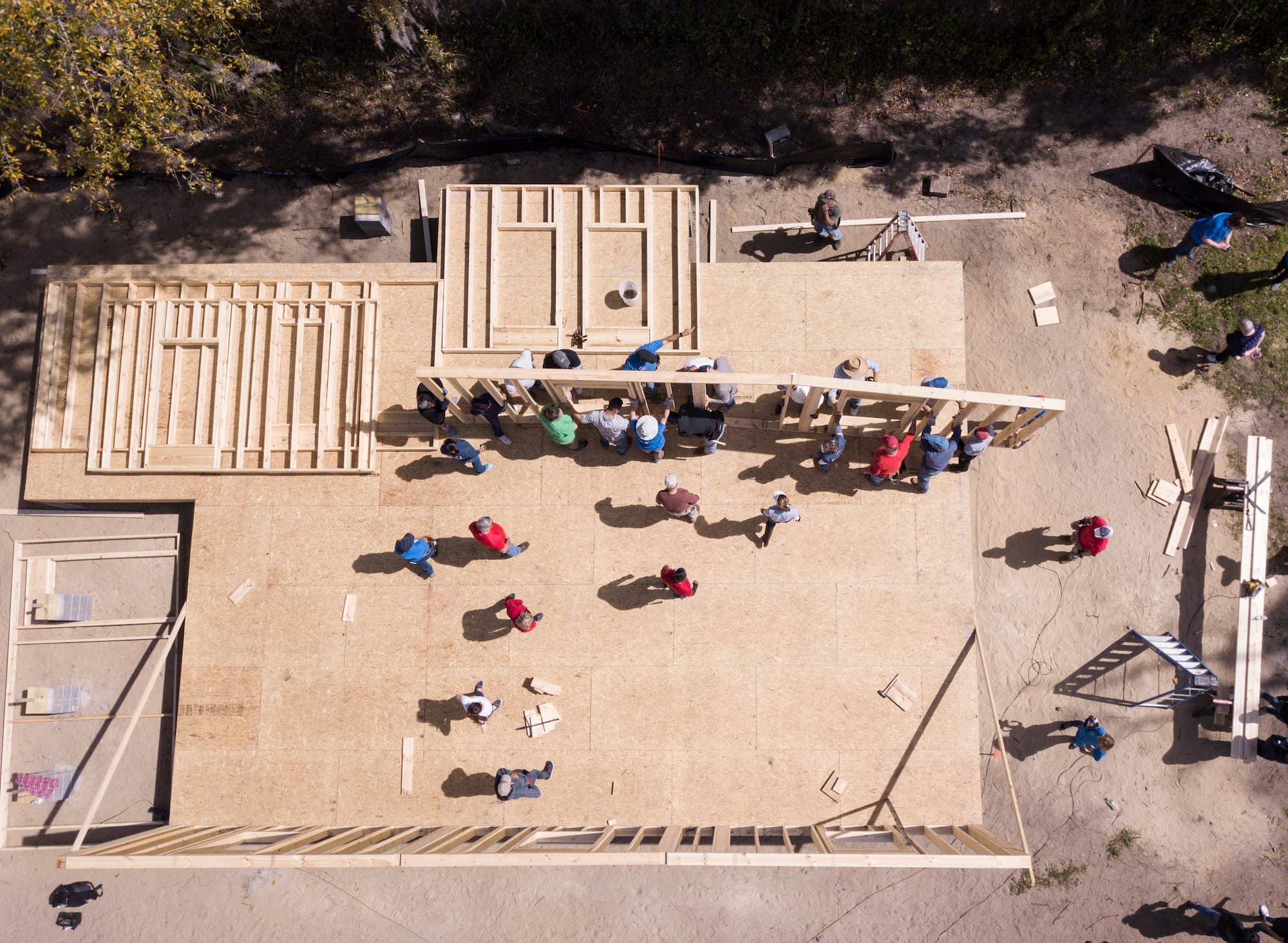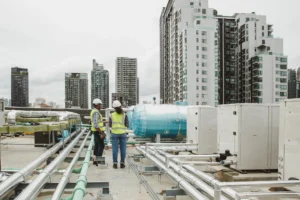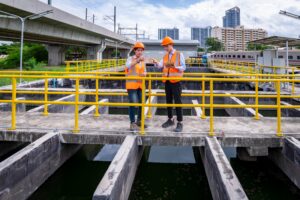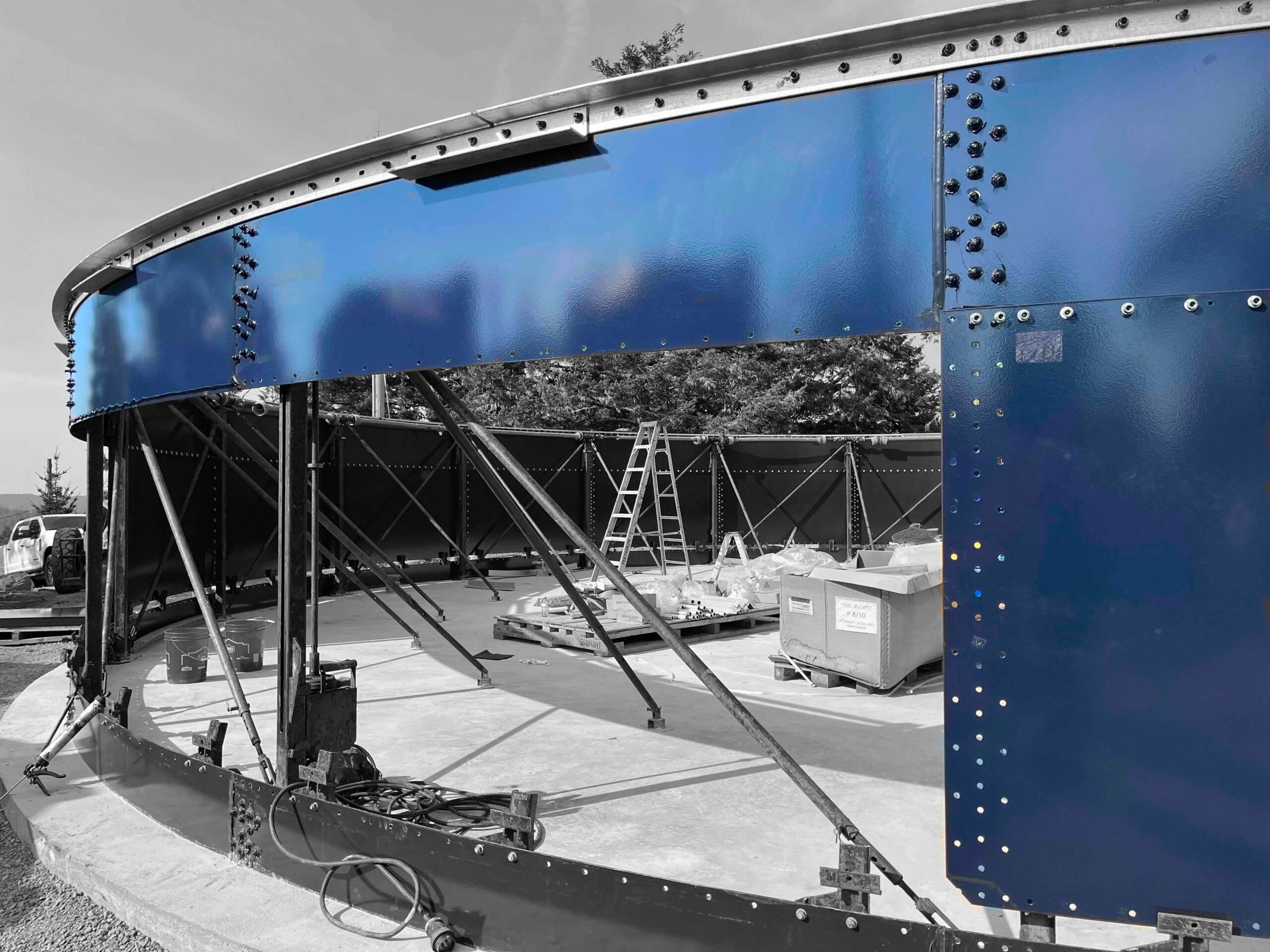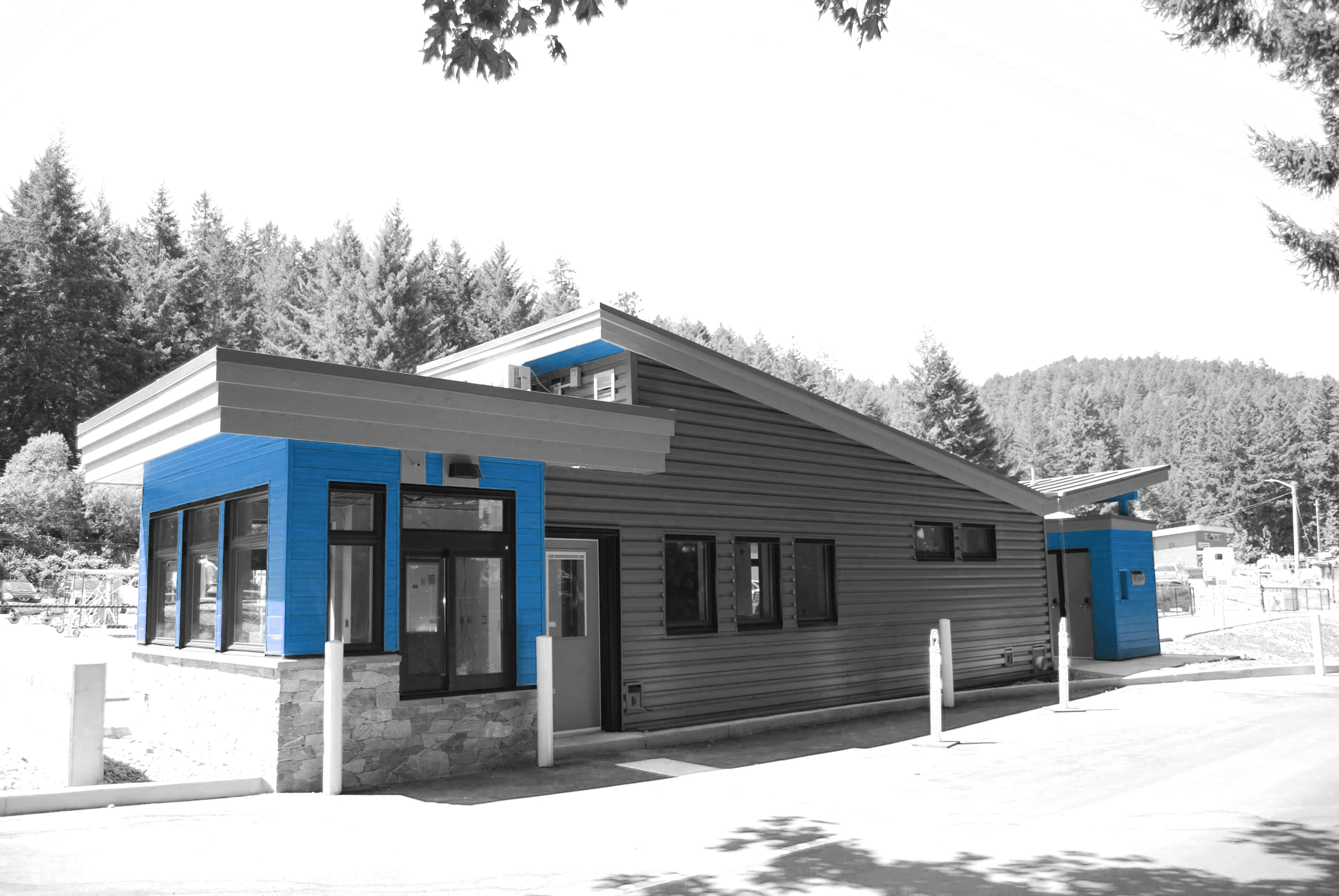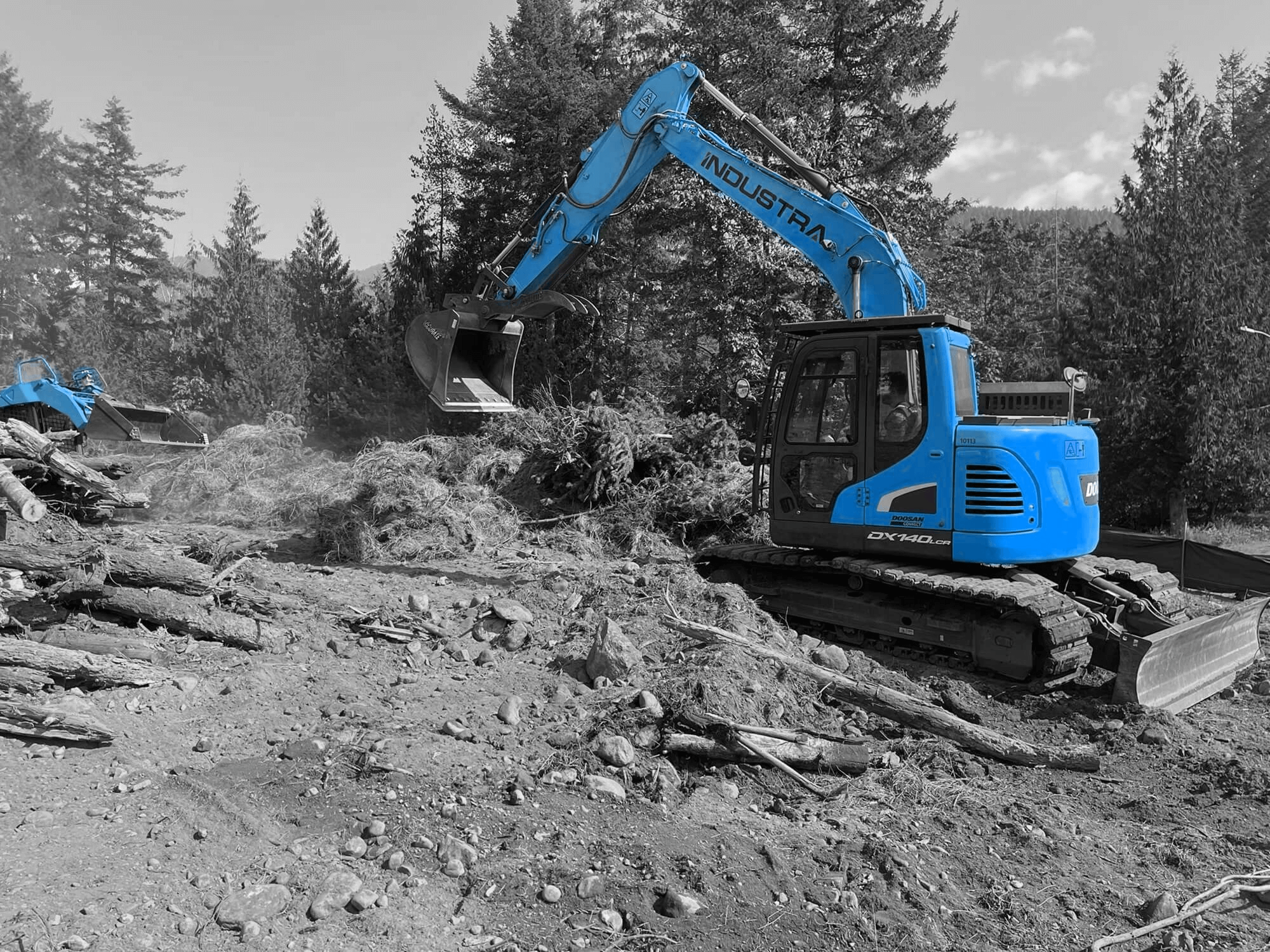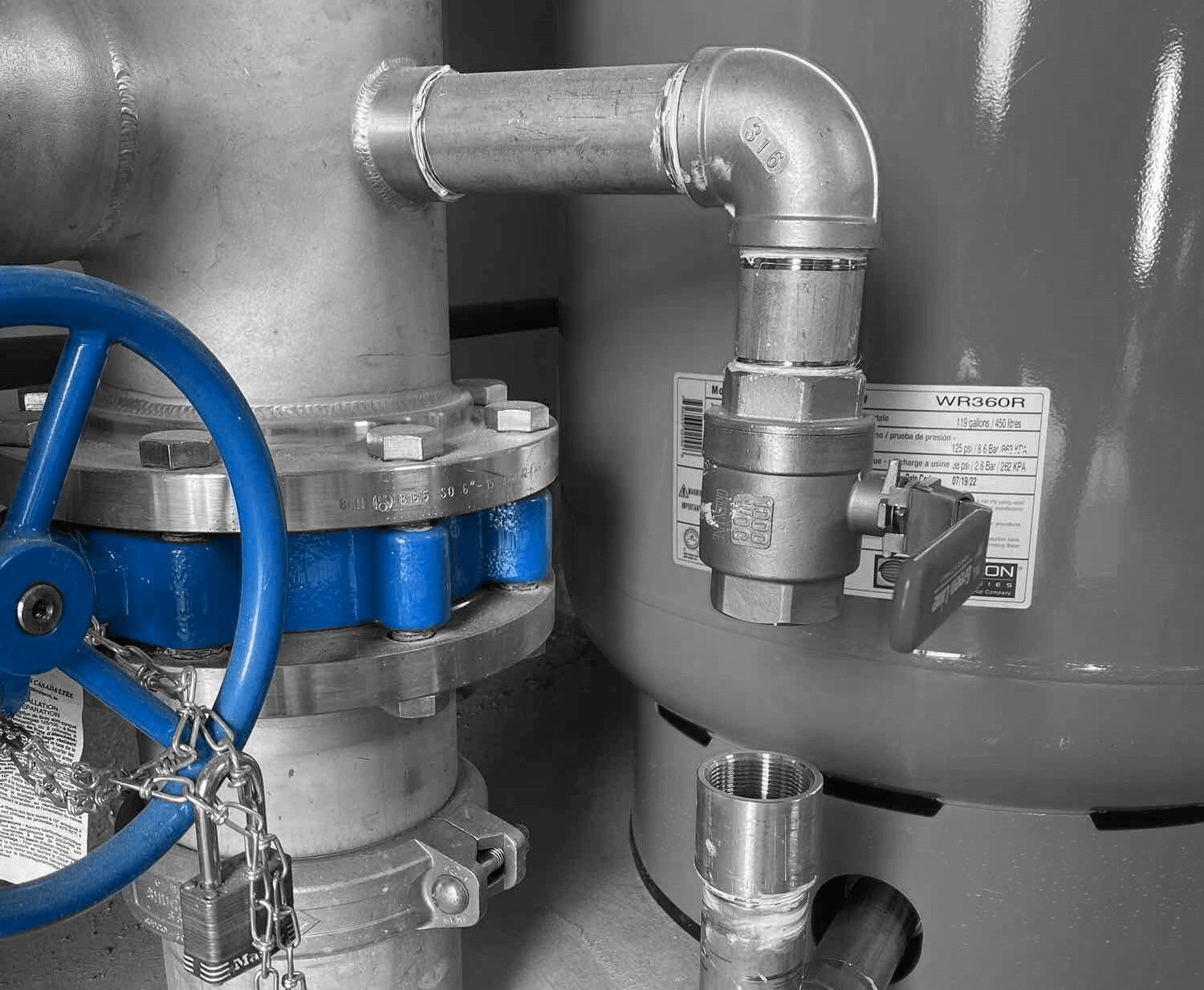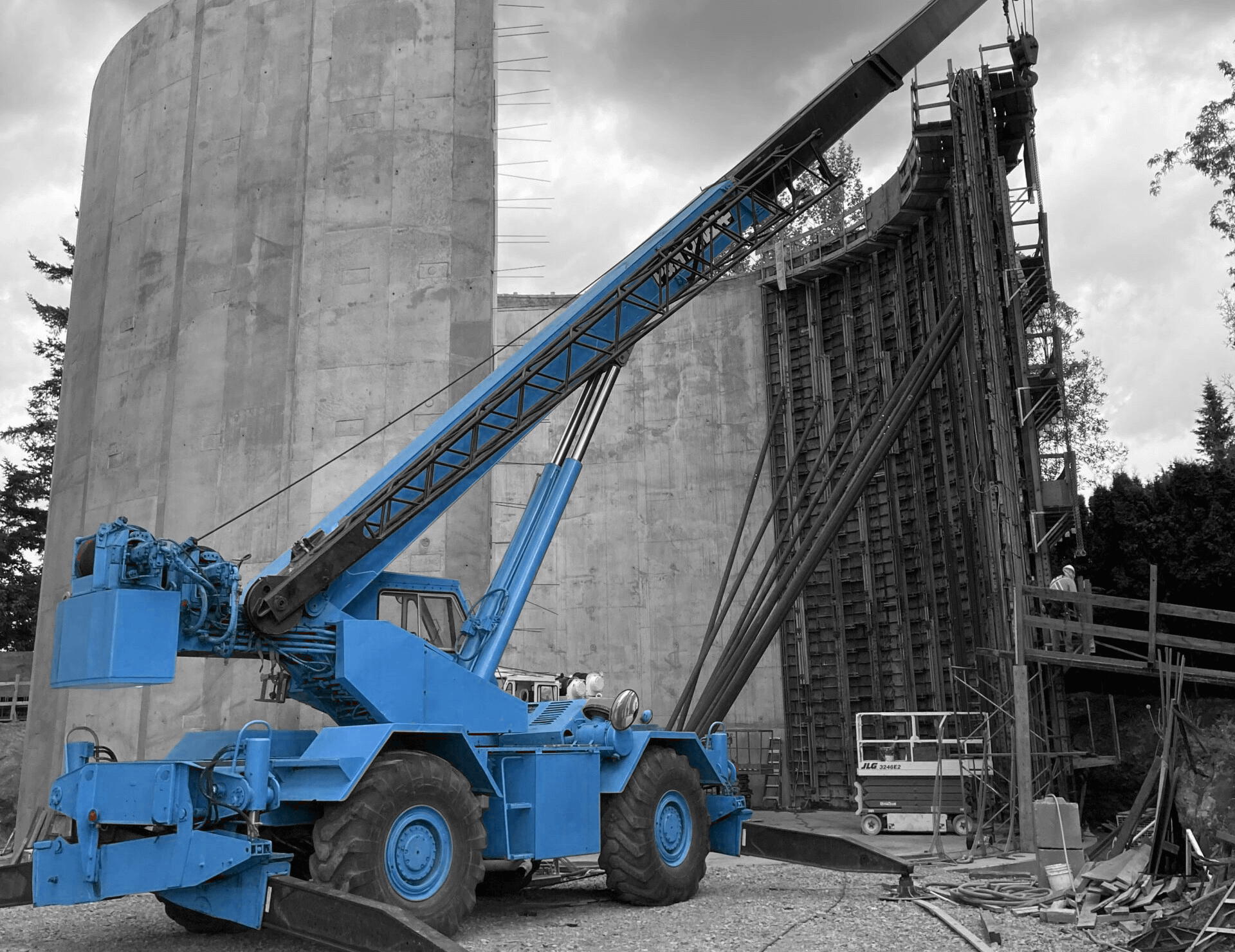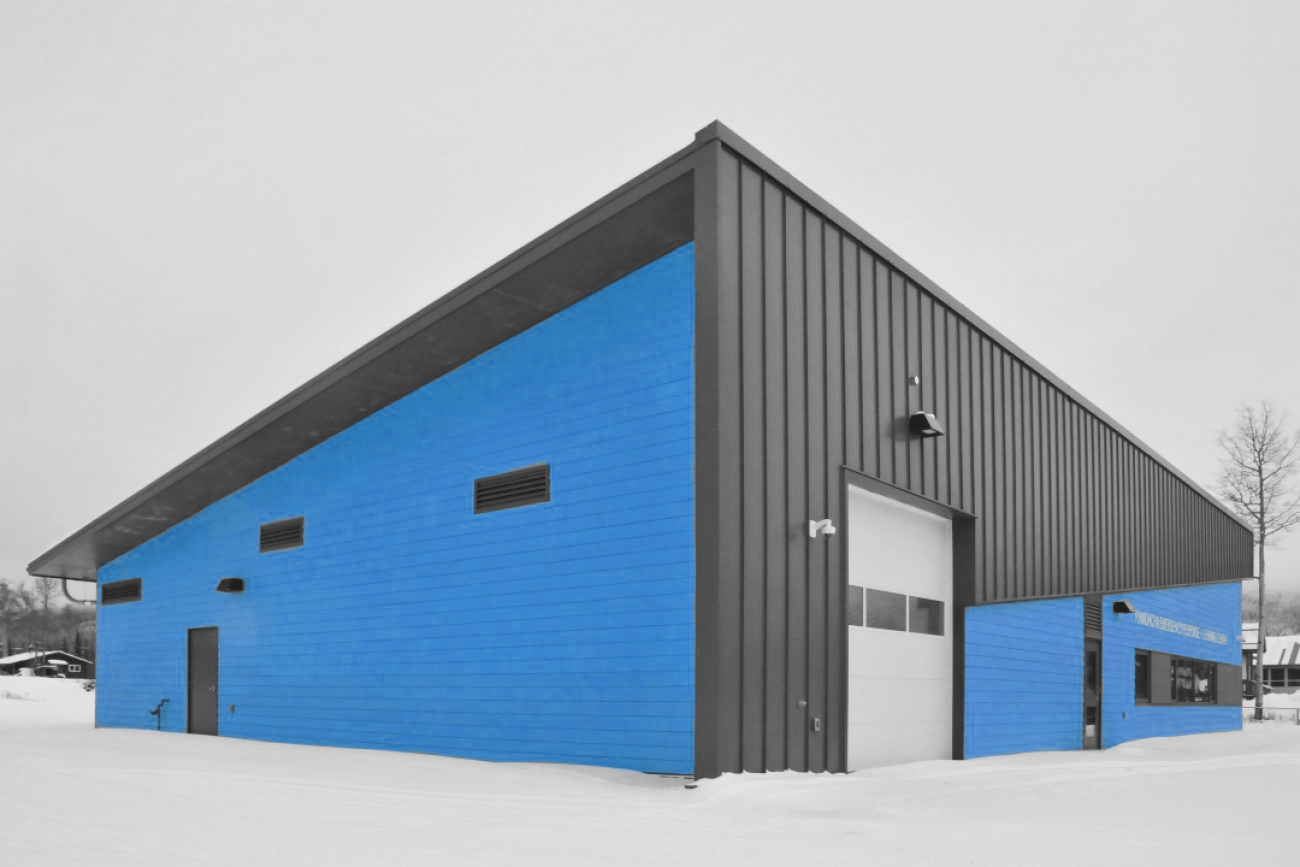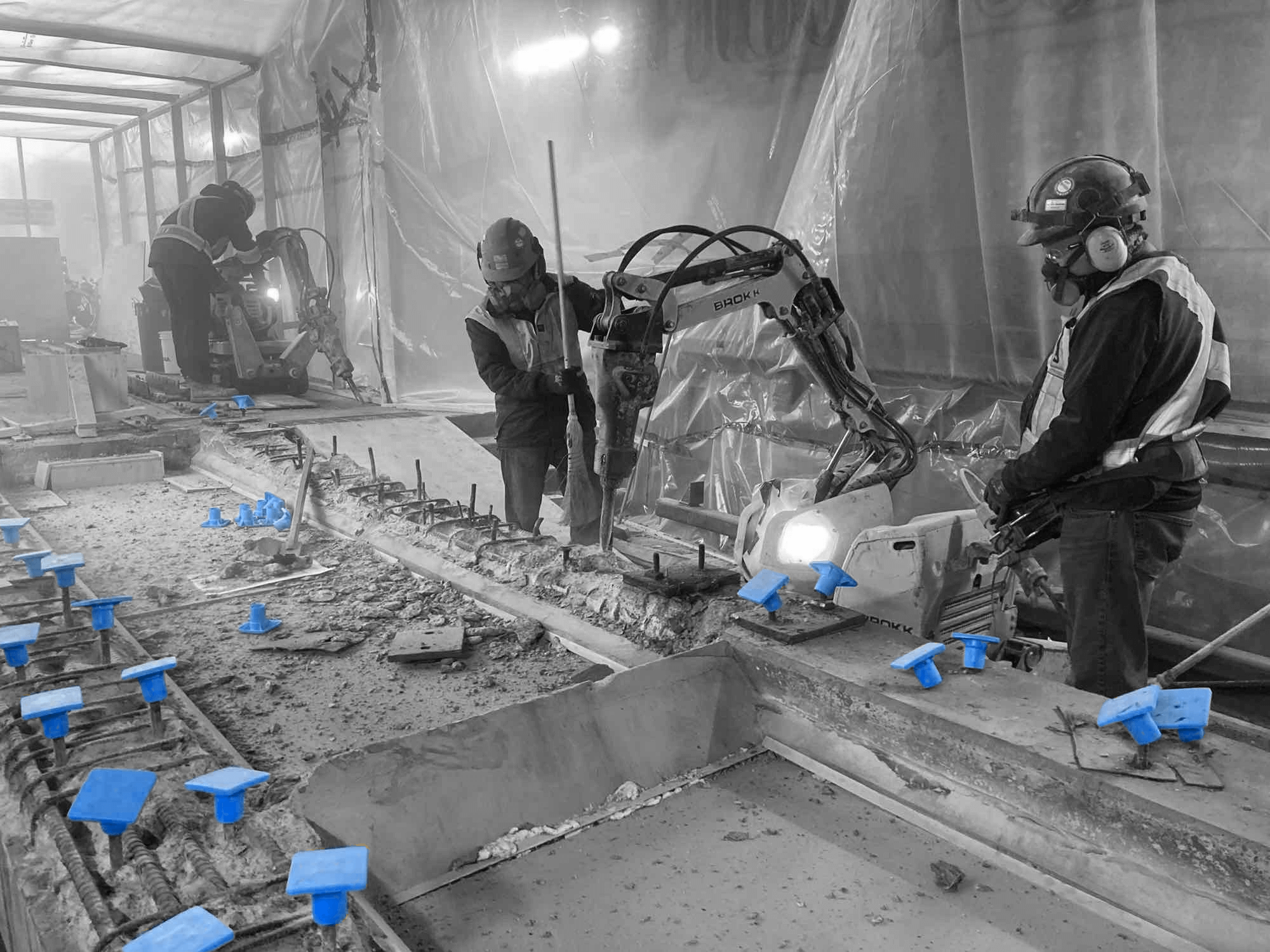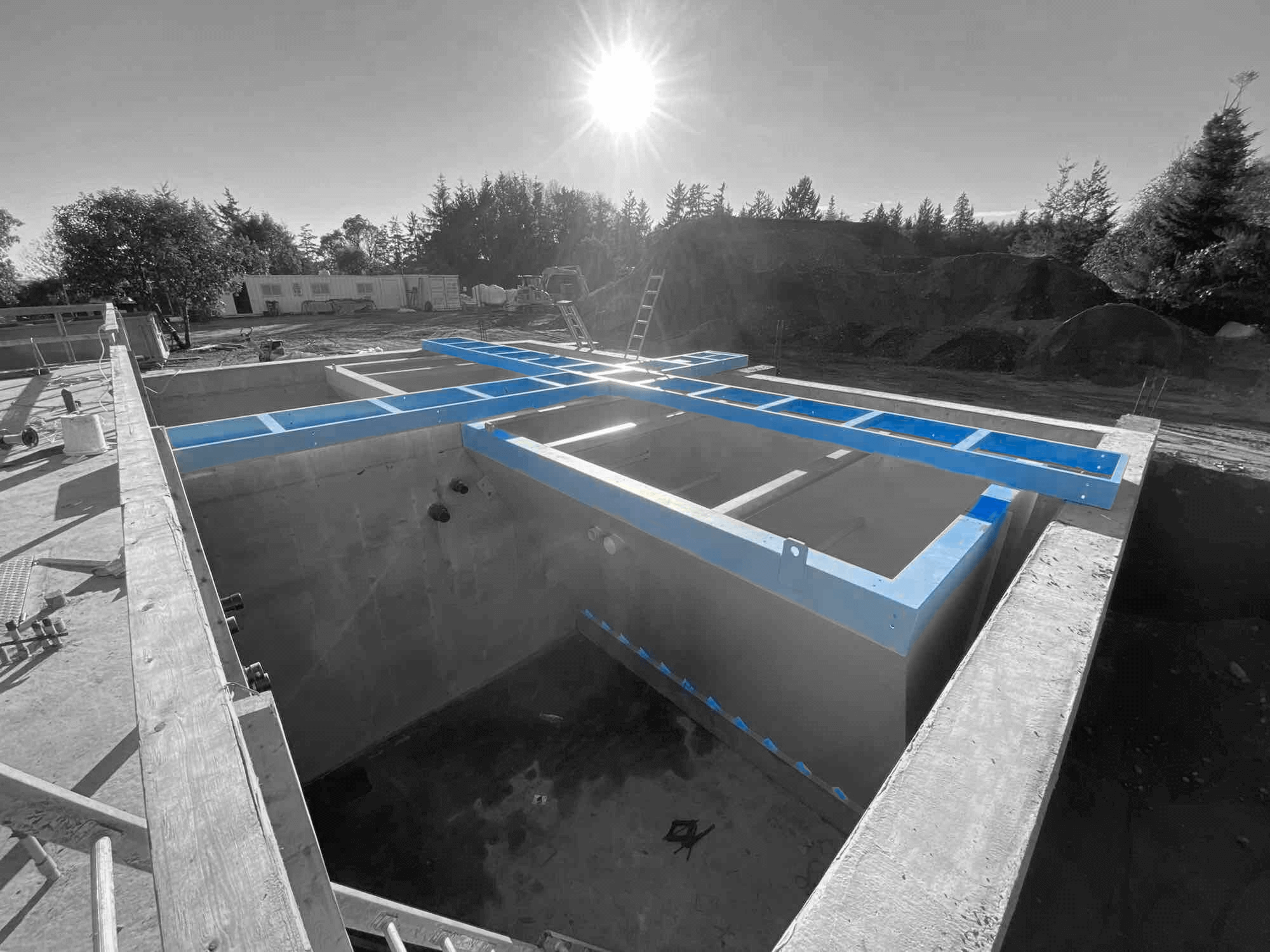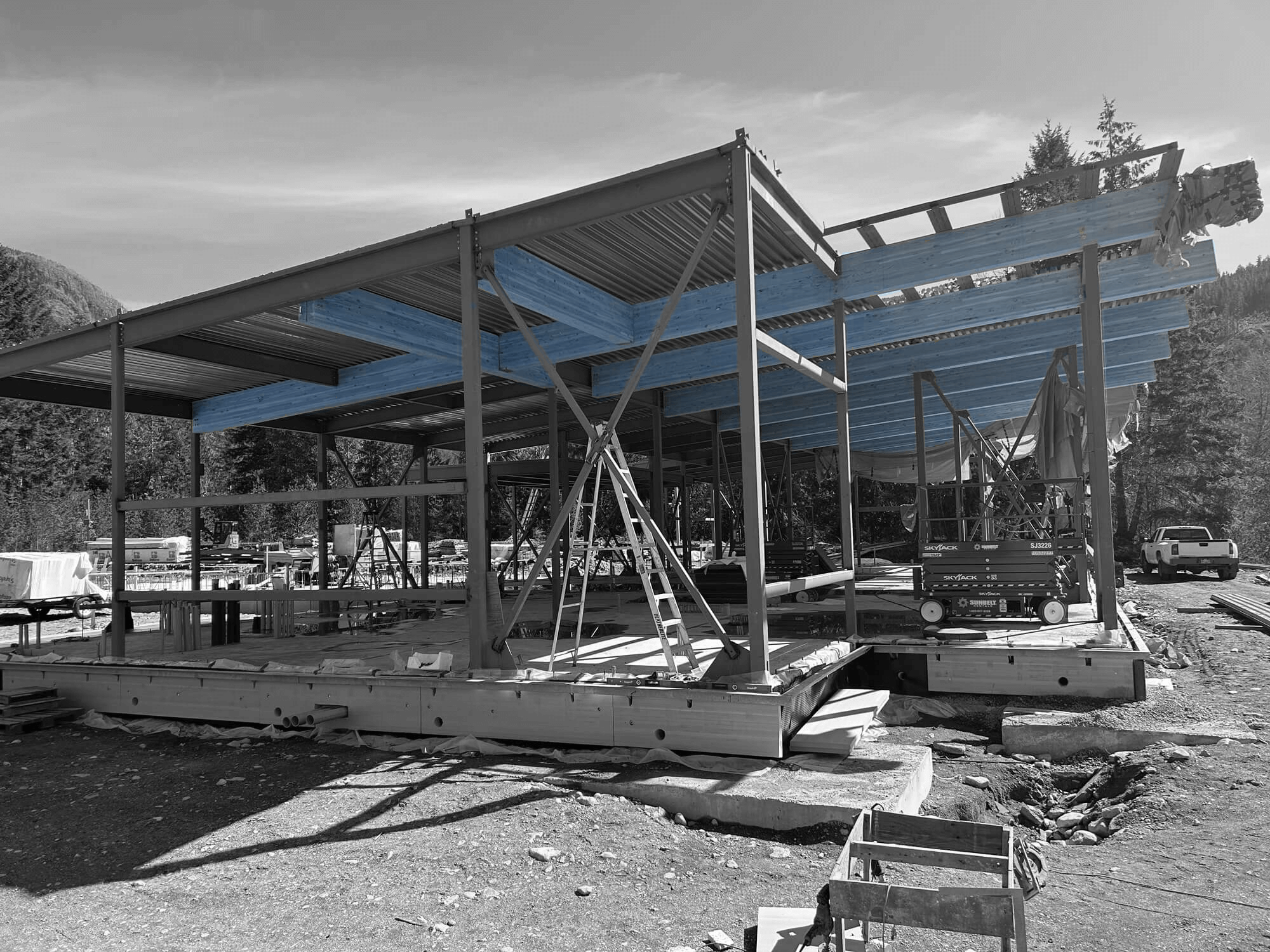Solving Infrastructure Gaps in Remote Northern Communities
Introduction
Canada’s vast northern landscape is home to communities that face unique infrastructure challenges. Harsh climate, permafrost, supply constraints, limited road access, and vast distances combine to create significant barriers to reliable infrastructure. These gaps not only hinder day‑to‑day life but restrict economic development, health services, and social equity especially in many Indigenous and First Nations communities.
At Industra, we believe these challenges are surmountable with experience, careful planning, intelligent design build models, and strong local partnership. As a provider of EPC design‑build and construction services across Western and Central Canada, Industra is well‑positioned to help close the infrastructure divide in remote regions.
Understanding the Infrastructure Gap in Northern Canada
What do we mean by “infrastructure gaps”?
“Infrastructure gaps” refer to deficits in essential systems such as roads, water and sanitation, electricity, communications, buildings, and logistics networks. According to the Assembly of First Nations, many First Nations communities are isolated with seasonal roads or no road infrastructure at all, limiting connectivity and economic participation.
Engineers Canada notes that infrastructure in remote, rural, and Indigenous communities is often undersized, aging, or in disrepair—creating inequities in service levels compared to urban areas. These gaps manifest not just as missing assets, but as escalating costs, deferred maintenance, poor service reliability, and stagnating growth.
Key challenges unique to northern and remote settings
Climate, permafrost, and soil instability
Much of the North is underlain by permafrost. When that permafrost thaws ground subsidence and differential settlement can damage roads, foundations, pipelines, and buildings.
Even relatively modest ground shifts can crack concrete, warp pipes, or destabilize foundations. Monitoring and design strategies must explicitly address permafrost risk
Limited or seasonal access
Many communities are only reachable by winter ice roads, seasonal marine shipping, or air transport. As winters warm, ice roads become less reliable, shrinking the window for heavy shipments.
One recent real‑world example: a 400 km ice road serving Arctic diamond mines was delayed due to mild weather, disrupting critical supply lines.
Remote logistics also mean that virtually all construction materials, fuel, and supplies must be shipped in at high cost, often with limited scheduling flexibility.
High cost and small scale
Construction costs in remote communities can be multiples of comparable southern projects, driven by transport, mobilization, skilled labour scarcity, and low project scale. For mineral exploration, costs in the North can be 2.5× higher.
Funding smaller communities often means they lack tax or rate base to support capital infrastructure, making public or grant funding essential.
Harsh weather, extreme cycles, and limited seasons
Short construction windows, frozen ground, snow, storms, freeze-thaw cycles, and temperature extremes impose design constraints. Equipment must be mobilized efficiently, and weather delays are common.
Digital divide & communications
Many remote communities still suffer from inadequate broadband or telephone infrastructure, limiting opportunities for telehealth, remote learning, and digital economies.
A project published in Policy Options noted that data caps and high costs further widen digital inequality in remote Canada.
Infrastructure Needs in Remote Communities
Understanding the types of infrastructure required is essential for targeted solutions. Here are common categories where the gaps are acute:
- Water, sewage, and sanitation
Many remote communities rely on aging water systems, septic systems, or even open dumps. Treatment plants are often undersized or poorly maintained. An example: in Iqaluit, raw sewage is occasionally dumped untreated due to system capacity issues. - Housing and public buildings
Residential units, health facilities, schools, community centres, and administrative buildings are often underbuilt or poorly climate‑adapted. For example, many remote First Nations face overcrowding and substandard housing conditions such as in Attawapiskat.
At Industra, projects like Greening Northern Housing show how EPC design‑build solutions can help modernize housing stock under northern constraints. - Transportation, roads, bridges, and access roads
Seasonal or non-existent all-weather roads hamper movement of goods and people. Bridges and crossings are often missing or structurally fragile. One example of vital infrastructure: the Deh Cho Bridge in Northwest Territories replaced ferry and ice crossing - Energy and power supply
Many communities rely on diesel generators with high fuel logistics costs and environmental footprint. Microgrids combining renewable energy, storage, and backup generation are being explored. - Communications infrastructure
Broadband, fibre, satellite links, and cellular service are often limited or too expensive in remote regions. These hamper education, health, business, and emergency services. - Logistics, storage, and supply chain infrastructure
Warehouses, staging facilities, fuel storage, and local roads matter. Without them supply chains break. Northern communities often face food insecurity due to cost and supply chain lag.
Engineering & Delivery Strategies for Northern Projects
Addressing infrastructure in remote settings requires a tailored approach. Below are strategies and best practices that help projects succeed in challenging environments.
Use the EPC / design‑build model
EPC (Engineering, Procurement, Construction) or design‑build models contractually bundle design, procurement, and construction under one entity. This model aligns incentives, reduces handover delays, and allows more efficient coordination across phases.
For remote sites, EPC offers:
- Single point of accountability: Critical when logistics or timing issues arise
- Better risk management: Early coordination between design and procurement helps mitigate supply chain or site risk
- Optimized logistics planning: Procurement knows the construction sequence and can plan for bulk shipments
- Cost control and schedule compression: Design changes or value engineering can flow directly to construction execution
Advance planning, modularization, and preassembly
Given short windows and difficult on‑site work, modular construction and prefabricated components can reduce field time. Building panels, mechanical skids, modular housing units, or packaged utility pods off‑site reduces risk and speeds deployment.
In addition, detailed logistics planning such as sequencing shipments, staging materials, coordinating with local transport windows is critical. Advanced simulation models and supply chain coordination must be integrated early.
Flexible foundations and adaptive structural systems
To address permafrost risk and soil instability:
- Use adjustable foundations (pile systems, thermosyphons, adjustable jacks)
- Limit ground disturbance and optimize insulation to reduce thawing
- Employ real‑time monitoring systems (e.g. InSAR, ground displacement sensors) to detect settlement early.
- Design redundancy and adaptability: systems that allow repair or adjustment in future
Phased implementation and scalability
Rather than trying to build full systems in one shot, many remote communities benefit from modular phasing. For example:
- Start with utility backbone and core infrastructure
- Expand housing or community buildings later as funding allows
- Design for upgrades (e.g. extra capacity, expansion nodes)
Phasing also allows lessons learned in early phases to inform later work.
Local engagement, knowledge transfer, and capacity building
Successful projects incorporate Indigenous and local community voices throughout. Benefits include:
- Better site intelligence, risk avoidance
- Local labour and training opportunities
- Socioeconomic buy‑in that helps operations and maintenance
Industra’s client‑focused philosophy aligns well with this model.
Redundancy and resilience
Design for resilience: backup power, redundant connectivity, flood/erosion mitigation, climate adaptation. The fragile nature of northern systems demands that failures not cause cascading breakdowns.
Innovative technologies and remote monitoring
Remote sensing, satellite monitoring, drones, LiDAR, and digital twins help reduce on‑site risk and provide ongoing condition monitoring. For instance, projects monitoring displacement in permafrost regions use satellite InSAR to detect ground movement in near real time.
Similarly, LEO satellite connectivity holds promise for improving broadband connectivity in remote areas.
Blending renewable energy and microgrids
Diesel reliance is expensive and polluting. Integrating solar, wind, battery storage, and hybrid systems reduces fuel load and improves sustainability. Models for remote microgrids show promise at lowering cost and emissions over time.
How Industra Can Help: Our Approach & Capabilities
Industra brings a combination of expertise, geographic reach, and project delivery models suited to northern work. Below are key strengths and relevant examples:
Comprehensive EPC & construction services
Because Industra operates under a full EPC / design‑build paradigm, we can lead projects end to end—from concept, permitting, procurement, civil, mechanical, and commissioning. This control is essential where site conditions or logistics make change orders costly.
Regional presence and partnerships
Industra maintains branch offices in Western and Central Canada (including in Yellowknife, NT, and Sudbury, ON).
Local presence supports better logistics, local coordination, and timely response.
For example, Northern Industrial Construction Ltd., based in Yellowknife, operates as a multidisciplinary contractor for remote projects in the Northwest Territories, Yukon, and Nunavut.
This network allows Industra to mobilize regionally familiar teams and resources for northern assignments.
Experience in northern housing & northern builds
Project examples like Greening Northern Housing show that Industra understands how to combine design, climate adaptation, and execution in remote settings.
By applying lessons learned from northern housing to broader infrastructure, Industra can scale its impact.
Focus on client alignment and collaborative model
Industra’s stated ethos which is “client focused, performance driven” aligns with community‑oriented northern infrastructure. Projects driven in partnership with local governments, assets managers, and communities tend to deliver better outcomes.
Risk mitigation and innovation
By integrating monitoring, modular construction, and robust logistics, Industra can reduce surprises in remote projects. On such work, contingencies and conservative assumptions are vital.
Barriers & Challenges to Overcome
While the strategies and models above create pathways forward, several barriers must be recognized and addressed:
- Funding constraints: Many remote communities lack capital budgets or tax bases to invest in heavy infrastructure. Grants or government subsidies are often essential.
- Risk aversion and cost premiums: Sponsors often inflate contingencies, making projects financially unviable without strong de-risking.
- Regulatory and permitting complexity: Environmental impact assessments, land rights, Indigenous agreements, and climate change reviews add layers of complexity and delay.
- Operational and maintenance sustainability: Even after construction, communities must maintain facilities. Without local training or maintenance regimes, systems degrade.
- Supply chain vulnerabilities: Delayed shipments, cancelled flights, weather disruptions can stall projects.
- Evolving climate and uncertainty: As climate zones shift, permafrost and hydrology evolve, making long-term predictions uncertain.
Despite these challenges, the need is too great to wait. Stakeholders must collaborate across governments, communities, engineering firms, and funders.
Recommended Steps & Road Map for Communities
For communities, agencies, or municipalities ready to address infrastructure gaps, here’s a suggested roadmap:
- Needs assessment & baseline audit
Undertake a condition audit of existing infrastructure (water, roads, housing, power). Use remote sensing, drones, ground inspection. - Community engagement & visioning
Engage residents, leadership, and stakeholders to establish priorities, constraints, cultural values, and local capacity. - Feasibility & master planning
Develop a prioritized infrastructure master plan, phasing scenarios, cost estimates, risk analysis. - Funding & financing strategy
Explore grants, federal and provincial programs, public-private partnerships, Indigenous funding sources, etc. - Select delivery model
For remote work, EPC or design-build is often preferred given integration and risk transfer. - Procurement and contracting
Structure contracts to integrate logistics risk, contingency, performance guarantees, monitoring obligations. - Design & engineering
Use climate‑adaptive design, modular systems, predictive modelling, and monitoring integration. - Mobilization & logistics planning
Plan shipping, staging, storage, crew access, material sequencing, temporary facilities. - Construction & commissioning
Execute within narrow seasons, monitor closely, maintain quality and safety, test systems robustly. - Operations, maintenance & capacity building
Train local operators, provide handover manuals, remote support, sensor systems for ongoing monitoring. - Iterate, adapt, expand
Use real data from early phases to refine later phases, incorporate new technologies, and scale capacity.
Why Now Is the Time to Invest
- Climate impacts are accelerating: Warmer winters erode ice roads, thaw permafrost, and increase infrastructure failure risk.
- Economic opportunities in the North: Mining, energy, resource development, and tourism all require reliable infrastructure (roads, power, access). The Ring of Fire in Northern Ontario, for example, faces significant infrastructure deficits including roads, power, and broadband.
- Equity and reconciliation imperatives: Indigenous and northern communities deserve infrastructure parity to support health, education, and opportunity.
- Technological advances: Remote sensing, modular construction, satellite connectivity, and renewable energy systems reduces cost and risk.
- Demand from communities: Many northern and Indigenous communities are pressing for better infrastructure to stem outmigration and support local development.
Conclusion
Remote northern communities in Canada face infrastructure gaps shaped by geography, climate, logistics, and historical underinvestment. Yet these gaps are not insurmountable. With the right combination of integrated delivery (EPC / design-build), modular and resilient design, advanced monitoring, community partnership, and phased planning, meaningful infrastructure improvement is possible.
Industra, with its presence across Western and Central Canada, northern experience, and project delivery capabilities, is well‑suited to help bridge the divide. We are committed to serving municipalities, First Nations, industrial, and institutional partners in meeting their infrastructure needs in remote regions.
If you’d like to explore how Industra can support a specific northern project, get in touch through our Contact page. Let’s close the infrastructure gap together.


